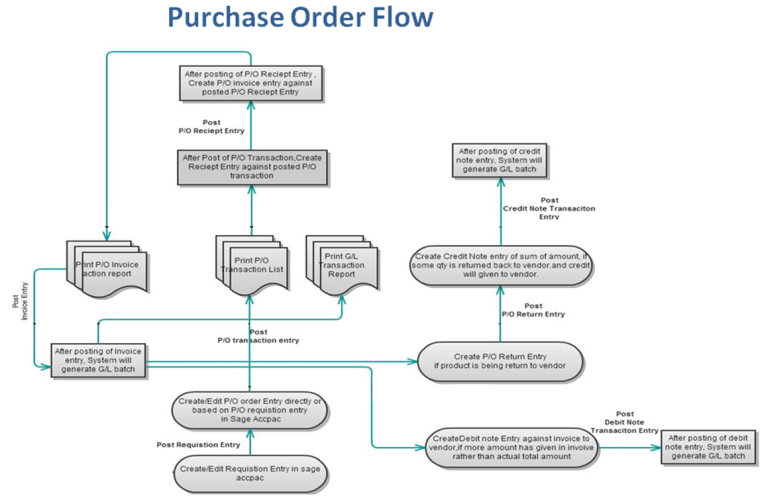Early Beginnings of Purchase Order Systems
The concept of purchase orders dates back to the early 20th century when businesses began formalising
their procurement processes to maintain records of transactions. Initially, these systems relied heavily
on manual paperwork, with orders being written on paper forms and exchanged between buyers and suppliers
through postal mail or fax.
The Rise of Online Purchase Order Systems
With the advent of the internet and cloud computing, the landscape of PO systems underwent a significant
transformation. Online purchase order systems, also known as purchase order management systems,
revolutionised the way businesses handled procurement.
One such example of a comprehensive online PO system can be found on cloudb2b.co.uk. These systems offer a wide range of
features, including automated order generation, supplier management, inventory tracking, and reporting
capabilities. By leveraging the power of the internet, businesses can now access their PO systems from
anywhere with an internet connection, facilitating collaboration between departments and stakeholders.
The Role of Automation and Integration
One of the most notable advancements in online PO systems is the integration of automation technologies.
Modern systems utilise artificial intelligence (AI) and machine learning algorithms to automate routine
tasks such as order processing, invoice matching, and inventory replenishment. This not only reduces
manual labour and human error but also accelerates the procurement cycle, allowing businesses to operate
more efficiently.
Furthermore, online PO systems have become increasingly integrated with other business software
solutions, such as Enterprise Resource Planning (ERP) systems and accounting software. Seamless
integration enables data synchronisation across multiple platforms, providing real-time visibility into
procurement activities and financial transactions.
The Shift Towards Mobile and Cloud-Based Solutions
In recent years, there has been a growing demand for mobile-friendly and cloud-based PO solutions. With
the proliferation of smartphones and tablets, businesses require the flexibility to manage their
procurement processes on the go. Cloud-based PO software offers scalability, accessibility, and data
security, making it an attractive option for organisations of all sizes.
Additionally, cloud-based PO systems eliminate the need for costly infrastructure investments and
maintenance, as the software is hosted and managed by third-party providers. This allows businesses to
focus on their core operations while enjoying the benefits of a robust procurement platform.
Future Trends and Innovations
Looking ahead, the evolution of online purchase order systems is poised to continue, driven by emerging
technologies and changing market dynamics. Some of the key trends shaping the future of PO systems
include:
- Integration with Internet of Things (IoT) devices for real-time monitoring of inventory levels and
supply chain logistics. - Enhanced analytics capabilities for predictive forecasting and strategic decision-making.
- Greater emphasis on sustainability and ethical sourcing practices through transparency and
traceability features. - Expansion of e-commerce functionalities to support online catalog management and supplier marketplace
integration.

